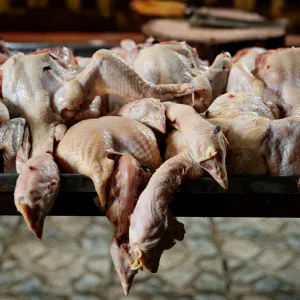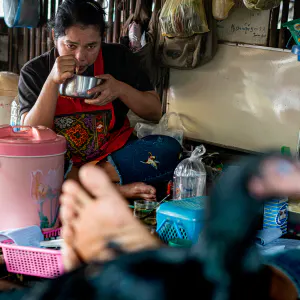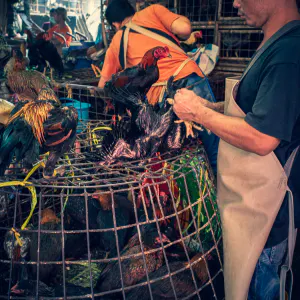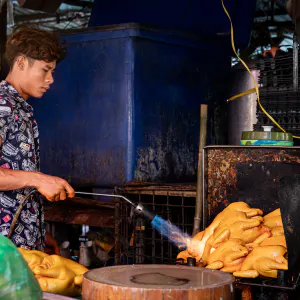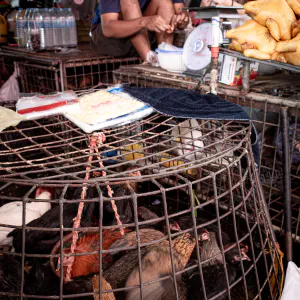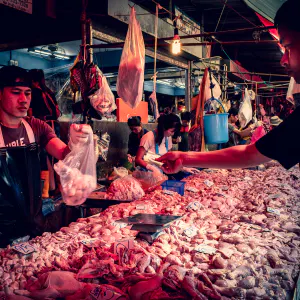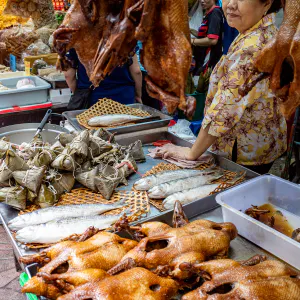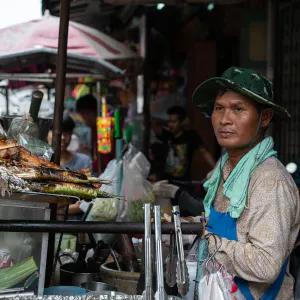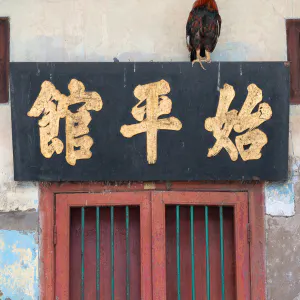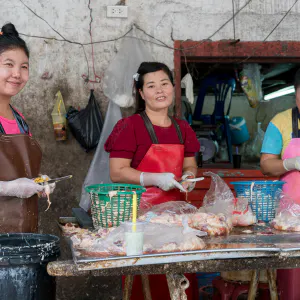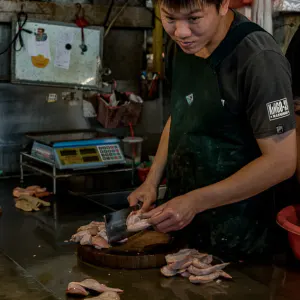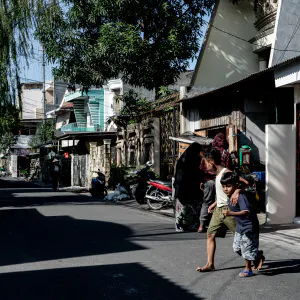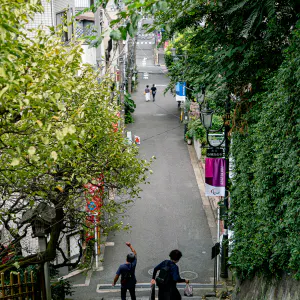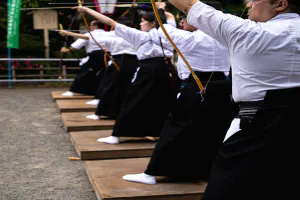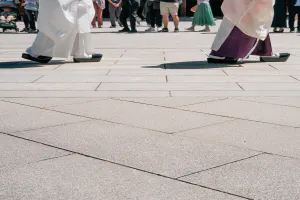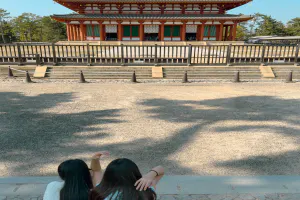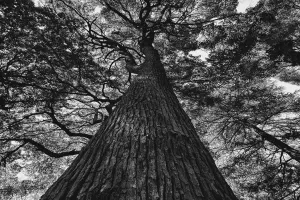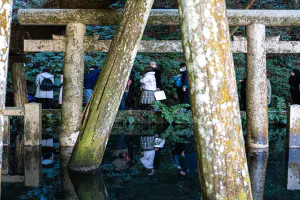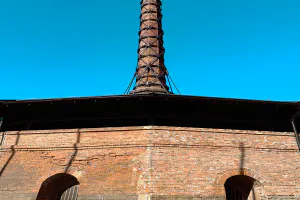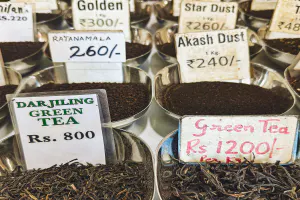As I was about to proceed to the shrine hall of Yabo Tenmangu Shrine, the divine chicken turned around and took one look at me

Perhaps it is because they have been close to humans since ancient times, but chickens have become a popular symbol in all ages. In France, the rooster is the national bird, and in ancient Greece, the rooster was the tribute of Athena, the goddess of wisdom, arts, crafts, and strategy, Mars, the god of war, and Asclepius, the patron god of medicine. Also, in ancient Europe, the rooster was considered to be a bird symbolizing the sun because it heralded the dawn and drove away the evil spirits of the night. The familiar rooster, with its loud crowing sound, was probably a good symbol to use.
The story of ancient Europe is somewhat similar to that of Japanese mythology. According to the Kojiki (Records of Ancient Matters), when Amaterasu was in a bad mood and went into hiding in the Heavenly Rock Cave and the world was enveloped in darkness, one of the various rituals performed to make her come out again was to gather chickens and make them sing. Although not the sole credit of the chickens, their crowing also helped to brighten the world once again, and as a result, chickens are considered to be divine messengers in Japan.
When I walked into Yabo Tenmangu Shrine in Kunitachi, Tokyo, I was greeted not by a Shinto priest or a Shinto priestess, but by a chicken. But not just any chicken. It was a divine chicken, a messenger of the gods. There were divine chickens with magnificent crowns roaming freely in the shrine grounds. I've heard that chickens are still allowed to roam free at Ise Jingu, and it seems that the same is true here at Yabo Tenmangu Shrine. However, the deity enshrined here is not Amaterasu, but rather Sugawara no Michizane, as only Tenmangu Shrine can.
| Nov 2021 ANIMAL TOKYO | |
| CHICKEN KUNITACHI SHRINE |
PHOTO DATA
No
12091
Shooting Date
Jul 2021
Posted On
November 15, 2021
Modified On
August 17, 2023
Place
Kunitachi, Tokyo
Genre
Street Photography
Camera
SONY ALPHA 7R II
Lens
ZEISS BATIS 2/40 CF




